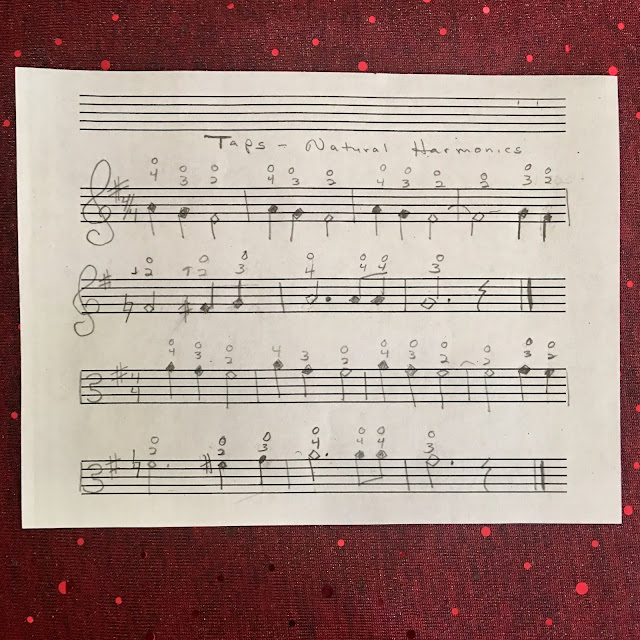Sharing Magic With Your Music
(Photo of an advanced student with rainbow lighting during an online lesson)
Sometimes we suddenly see things very differently, as happened during an online lesson when the light hit the window. How can we add magic to our music?
Experiment with characters. Is the phrase heroic or playful? Is it the soprano singing a tender aria or a mother lamenting a lost child? Experiment with your interpretation.
What's happening in the story of the music? Is it a feeling like serenity or does it feel agitated? Is there an actual storyline? If so, who are the characters? For composers like Mozart who wrote operas, you can identify characters like the hero or the king, the alto or the tenor, the jester, or a child.
You may hear the music singing or is it a dance? Most dance music should be steady. Practice with a metronome. A song needs to breathe and often has more tempo changes for expression.
Are there skipping parts? Are there sighs? John Kendall described a sigh or the end of a phrase with "More, less".
Louise Behrend talked about the violin and viola resting on the vocal cords and being an extension of your voice. The cello rests on the chest near the heart and is one of the most soulful instruments.
"Beautiful tone with living soul, please" was the direction of Dr. Suzuki to students at the Talent Education Institute according to Merlin B. Thompson in his article on Tone and More Tone in the Fall 2015 Suzuki Journal. Learning technique is "all with the purpose of using tonal colors to create meaning in their performances...expressing their own imaginative outlook, the poetic content of the musical, the emotional and harmonic drive of a phrase, the spirituality of the composer. Musicians transform the multilayered physicality of music performance into the vibrating energy of sound."
The beat of the music a pulse. Learning to keep steady is a huge challenge, but is essential for orchestra and ensemble playing. When a student is playing their first concerto I remind them that it is like dancing with a dinosaur. The orchestra can't pivot quickly without warning. Plan any tempo changes carefully with the conductor and be consistent because 60 to 80 people in an orchestra can't instantly adjust and you want to avoid mayhem during a performance. They need to mark their music for where you are broadening a phrase or pushing forward. Clear communication with the conductor or a pianist is essential to creating a magical performance.
(color wheel from my Grandma Hafen's handweaving days)
Specifically for string players, your bow is a magic wand that can create tonal colors. Experiment with altering the color of a phrase. Do you want a fire engine red? How does summer stream blue sound?
You can alter the tone with BACH from a Gabe Bolkovsky workshop:
Bow speed (most phrases end fast-slow but for gypsy music use slow-fast for excitement on longer notes)
Arm Weight (work on relaxing shoulders and neck, use gravity rather than tension)
Contact Point (closer to bridge bigger sound, over fingerboard for smaller sound)
Hair Angle (flat bow hair for biggest sound, tilt bow hair towards the bridge for less sound)
Music is a conversation with your audience. It should be more than a collection of notes. It should have energy and feeling.
Maya Angelou said, “People will forget what you said, people will forget what you did, but people will never forget how you made them feel.”
Work to create magic in your music so your performance can be a gift to your audience that they will fondly remember.
Video: Violin bow creating colors





Comments
Post a Comment